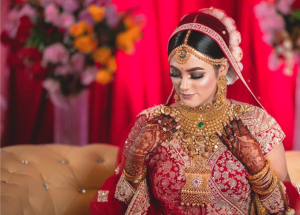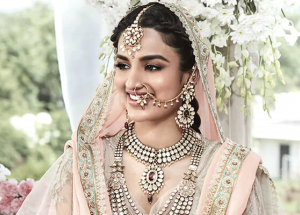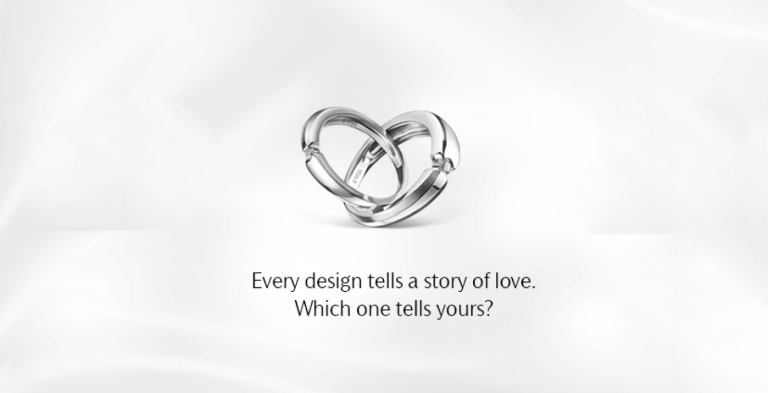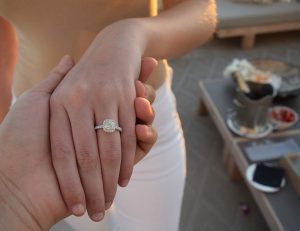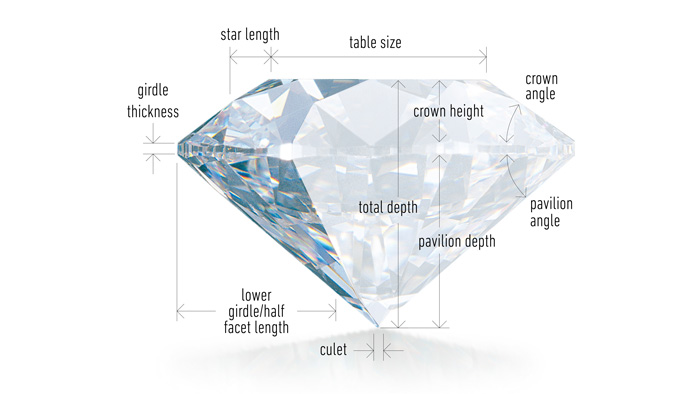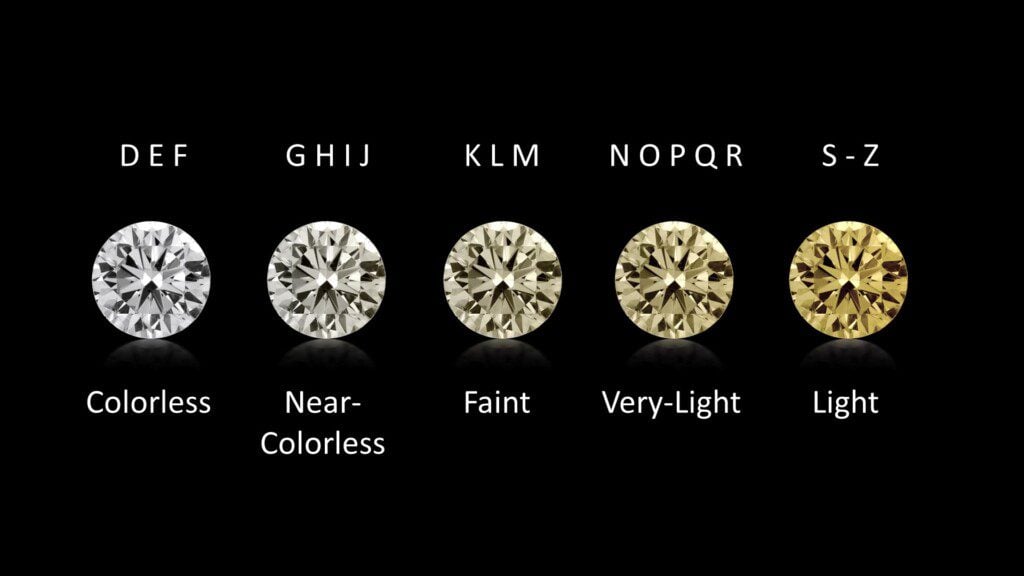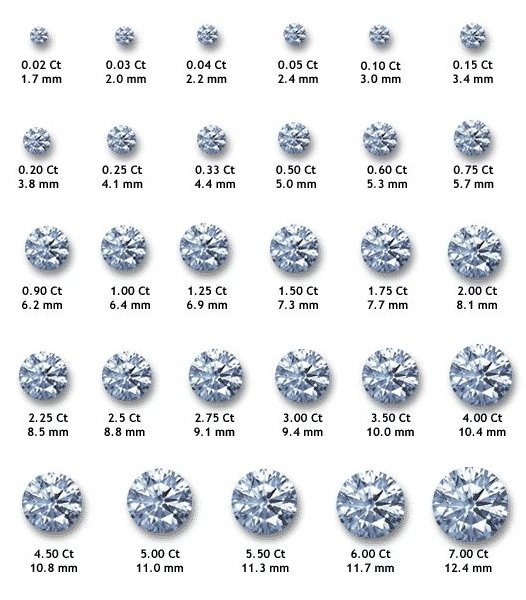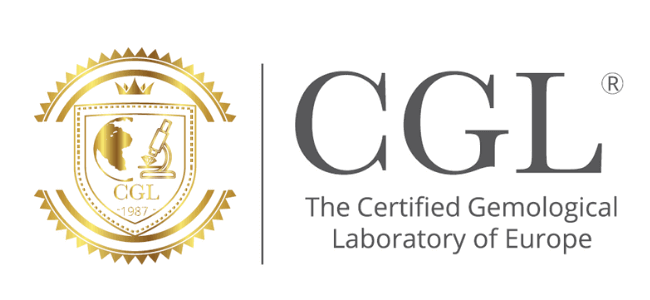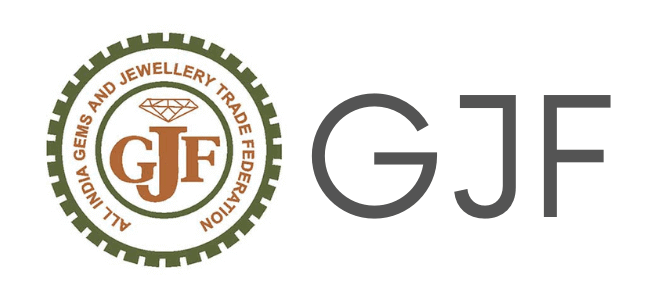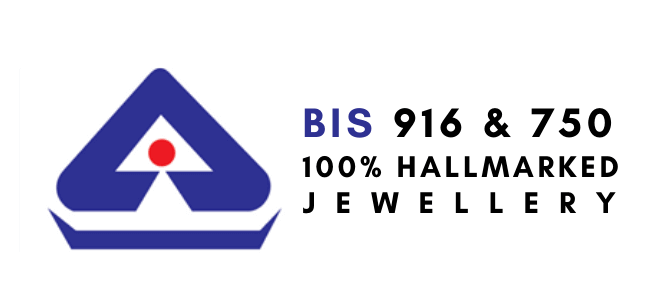The 5 C’s of Diamonds: How to Select the Perfect Engagement Ring
The 5 C’s of Diamonds: How to Select the Perfect Engagement Ring
It is going without announcing that the engagement ring is the maximum special, emotional, celebratory piece of jewellery that one may ever possess. A Symbol of purity and eternal love, an engagement ring crafted with a rare and natural diamond can without problems end up an heirloom that provides joy generation to generation. An engagement ring can be the most expensive gift that someone’s have ever purchases for his or her cherished one. It’s additionally sure to be worn through its recipient almost each day and serves as a stylistic focal factor for all different jewellery.
When it involves engagement ring shopping, the significance of being knowledgeable approximately the varieties of engagement rings, varieties of engagement ring cuts, diamond color, and past can’t be confused enough. After all, if you’re spending loads on a gift which means even more, you’ve sincerely were given to recognise what you’re doing. Chances are, you’ve heard the four C’s of diamonds thrown around. This stands for cut, color, clarity, and carat, 4 functions which might be constantly tested whilst distinguishing the excellent of one engagement ring diamond from the next. However, the present-day customer is aware of better: There are sincerely five C’s of diamonds that should be analysed to without a doubt examine a diamond’s greatness.
1. Cut of a Diamond
The cut of a diamond can predict its sparkling factor. That’s because the better the cut of a diamond, the more light is reflected, and the more brilliant it will ultimately appear. Because cutting a diamond is a mix of art and science and is still mostly done by hand, the range of cuts is unlimited. Most often, a diamond’s cut is graded as excellent, very good, good, fair or poor.
2. Color of a Diamond
While diamonds naturally occur in many colors they are most commonly found as “white” or “colourless”. Despite this name, colourless diamonds still often exude slight hints of yellow or brown. The most standard grading system for colourless diamonds ranges from D to Z, in which D is completely colourless and Z has a yellow/brown hue. Generally, the closer the diamond is to a “D” grade, the rarer and more valuable it is.
3. Clarity of a Diamond
The diamond clarity grade measures the presence of inclusions, blemishes or a foreign particle within the diamond that may affect its appearance. Like a beauty mark, inclusions in diamonds are common and can give a diamond personality. However, fewer visible inclusions in a diamond are typically more desirable. The greater the diamond clarity, the more rare and valuable the stone is considered.
The clarity of diamonds are usually graded on a chart starting with IF. The IF grade means the diamond is internally flawless and has no visible inclusions.
After IF Next up are the VVS1 and VVS2 grades, which translate into Very Very Slightly Included. Then there are VS1 and VS2, which mean Very Slightly included; followed by SI1 and SI2, which are Slightly Included. The final grade category which encompass I1, I2 and I3 are Included in ways that are usually visible to the naked eye.
4. Carat Size of a Diamond
Often confused to be a measure of a gem’s size, carats are actually the measurement for a diamond’s weight. 1 carat equals 100 cents or 0.200 M grams
5. Certification of a Diamond
A diamond’s certification is the most important C . A grading report from a good independent laboratory can help confirm all of the characteristics of the diamond (better known as the “4 Cs”), and help verify that you are buying a natural diamond with authentic intrinsic value., and the diamond is not treated or man-made
Once you understand the basics on how diamonds are evaluated, it’s time to have some fun and explore your personal style through the various types of engagement ring shapes. While the options are seriously endless, there are certain types of engagement ring cuts that continue to endure the test of time above all the rest:

